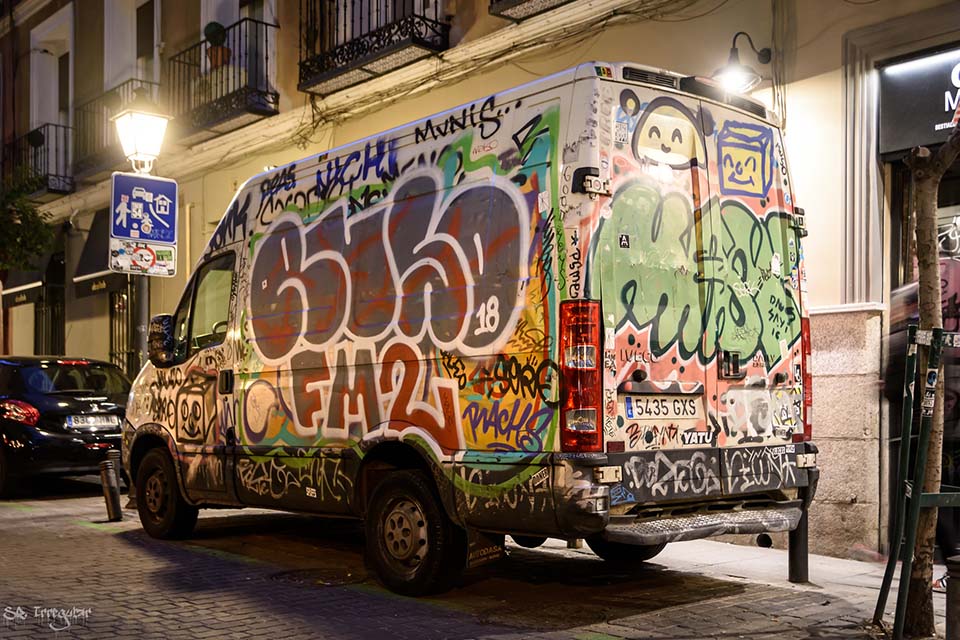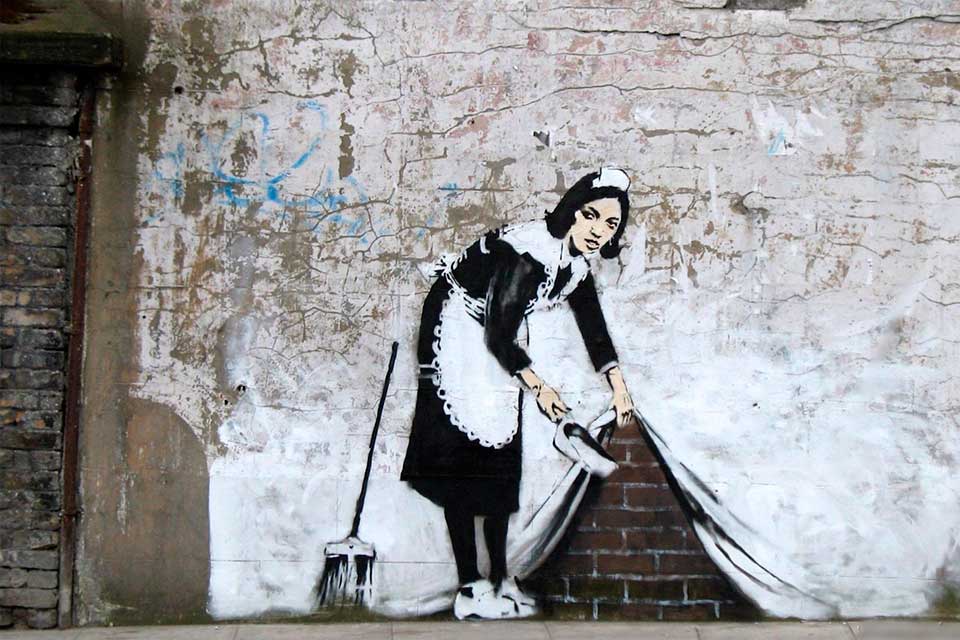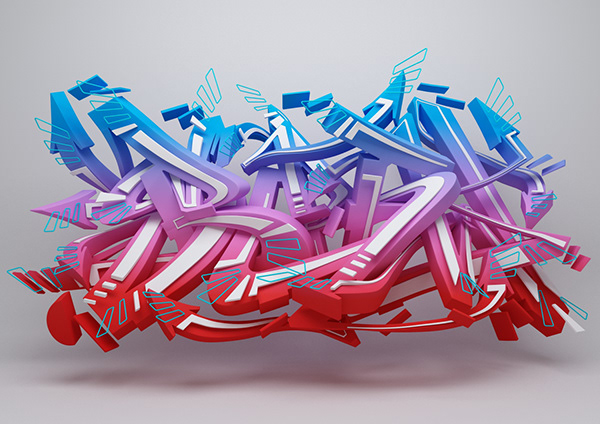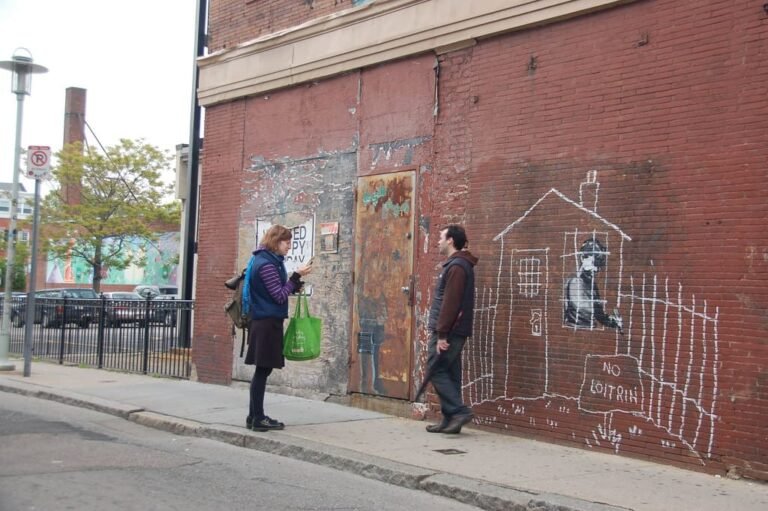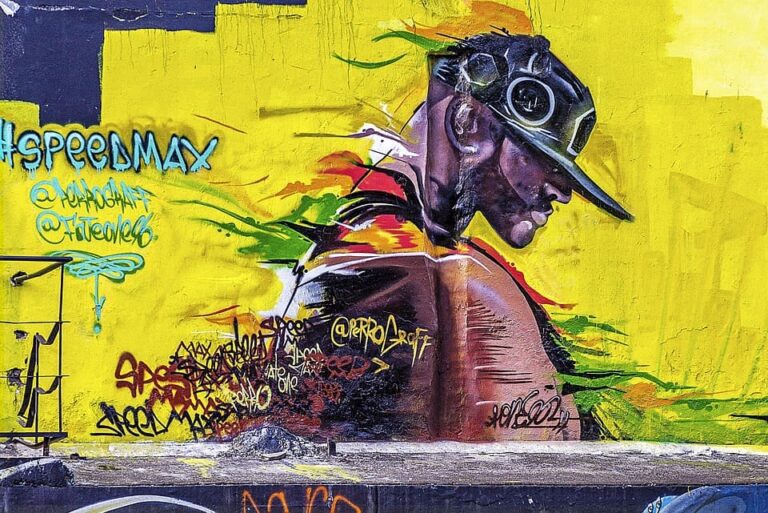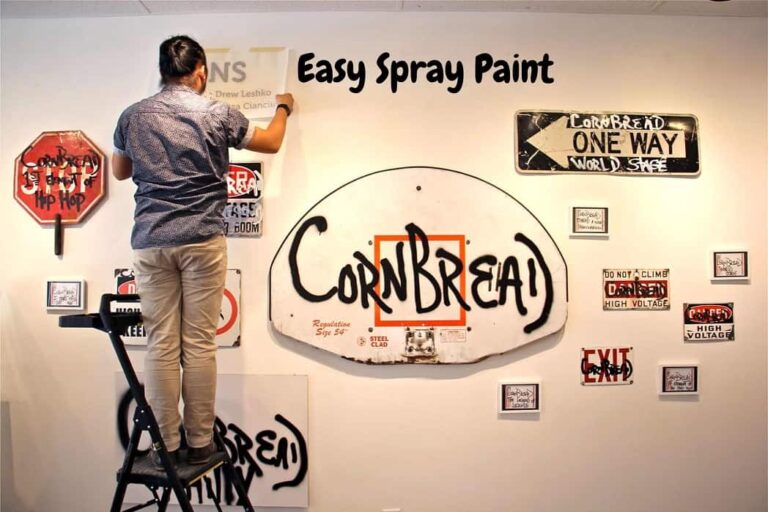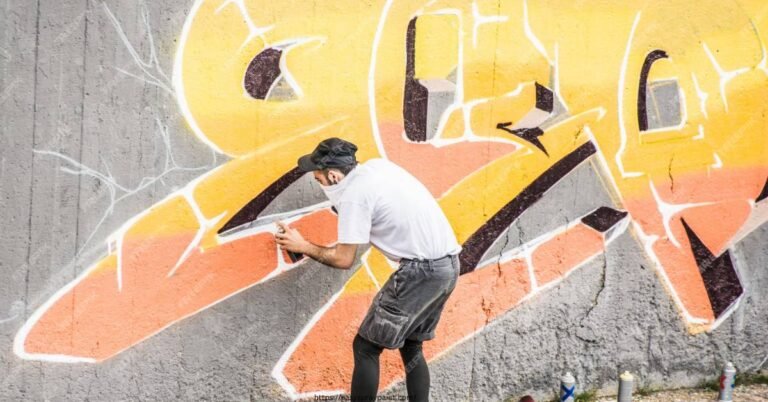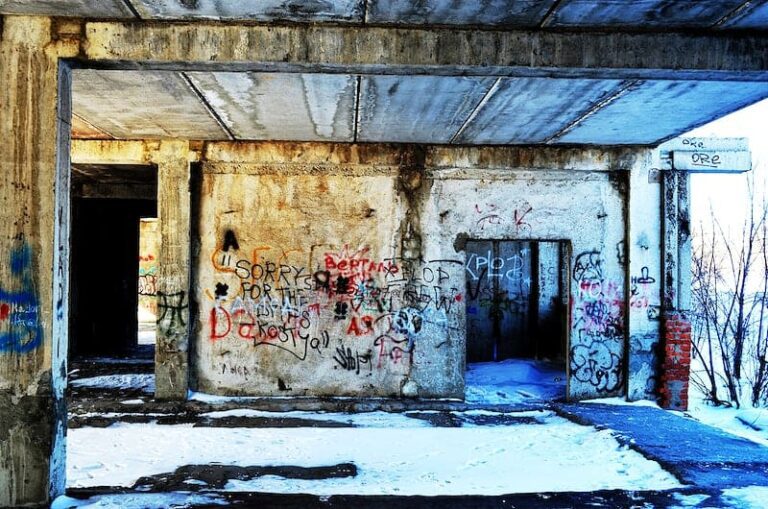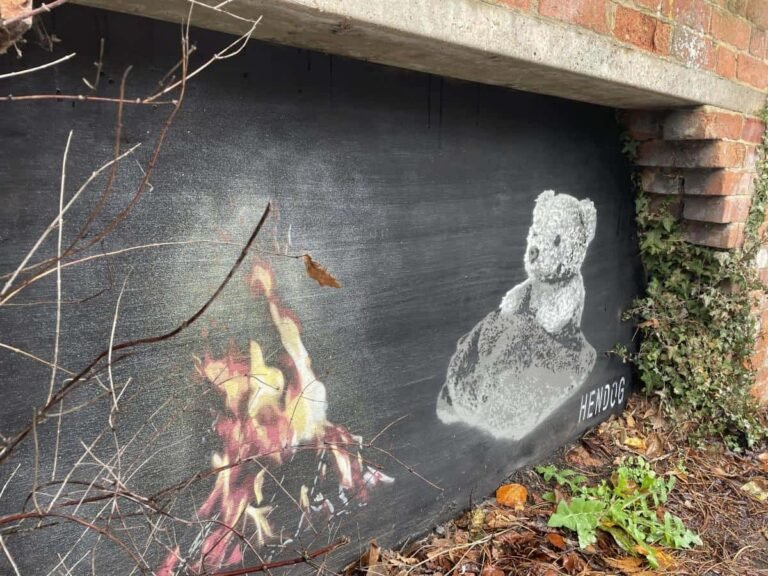What Are The 8 Types Of Graffiti?
You’ve stumbled upon a topic that’s sure to get your creativity flowing: graffiti. Yes, we know that many of us have been taught to view graffiti as an eyesore, something that defaces public property, but hear us out. Graffiti is more than just some spray-painted words or images on a wall. It’s an art form with a rich history and a variety of forms that can be both educational and entertaining.
First things first, let’s define what graffiti is. Graffiti is a form of expression that uses spray paint, markers, or other materials to create images or words on public surfaces, such as walls, sidewalks, or buildings. While some may view it as vandalism, others see it as a form of art and activism.
What are the 8 types of graffiti?
- Traditional Graffiti.
- Tagging.
- Stencil Graffiti.
- Wildstyle.
- Throw-up Graffiti.
- Blockbuster Graffiti.
- Political Graffiti.
- Mural Graffiti.
Traditional Graffiti
Graffiti has been around for thousands of years and can be found in various forms all around the world. The earliest forms of graffiti can be traced back to ancient civilizations, where people would carve or paint images onto walls to communicate messages or tell stories. Fast forward to modern times, and graffiti has evolved into a complex and diverse art form that includes a variety of styles and techniques.
Now that we’ve covered the basics, let’s dive into the different types of graffiti, starting with traditional graffiti. Traditional graffiti is what most people think of when they hear the word “graffiti.” It’s typically made up of letters, words, or phrases, and is often done quickly and with a lot of movement. Think of it as the handwriting of the graffiti world.
Some examples of traditional graffiti include “tags” and “throw-ups.” Tags are quick, stylized signatures that are usually just one or two letters. They’re often found on street signs, mailboxes, or other public surfaces. Throw-ups, on the other hand, are larger, more elaborate versions of tags that often include two or three colors.
But traditional graffiti isn’t just about the art itself; it also has cultural significance. For many, traditional graffiti is a way to claim and defend their territory or neighborhood. It’s a form of communication between different graffiti artists and crews, and can even be a way to pay homage to other artists who have come before them.
So, there you have it: a quick introduction to the world of graffiti and the first type of graffiti, traditional graffiti. Stay tuned for our next post, where we’ll explore the world of tagging and its place in the graffiti universe. And remember, even if you’re not a fan of graffiti, there’s no denying its impact on art and culture.
Tagging
Tagging is another common form of graffiti that you’ve likely seen around your city or town. Unlike traditional graffiti, which can be more elaborate and artistic, tagging is usually just a quick signature or mark made with a marker or spray paint. Tagging is often used to mark territory or to leave a message for other graffiti artists.
Tagging has its own unique characteristics. It’s often done quickly and in a hurry, with the goal of getting in and out without being caught. Taggers will often choose high-visibility areas, such as the sides of buildings or bridges, to make their mark. While tags may appear simple at first glance, they can actually be quite complex and stylized, with each tagger developing its own unique signature.
Some examples of tagging include the ubiquitous “Kilroy was here” or the more modern “Banksy woz ere” tags. While some may view tagging as an act of vandalism, for many graffiti artists, it’s a way to leave their mark on the world and to make a statement about their presence.
Stencil Graffiti
Stencil graffiti is a form of graffiti that uses stencils to create images or messages. Unlike traditional graffiti or tagging, which can be done quickly and on the fly, stencil graffiti requires more planning and preparation.
The characteristics of stencil graffiti include sharp edges and clean lines, as well as a more controlled and deliberate approach. The stencils used in stencil graffiti can be made from a variety of materials, including cardboard, acetate, or even metal. Once the stencil is created, the artist can use spray paint or other materials to create the image or message.
Some well-known artists who use stencil graffiti as a medium include Banksy and Shepard Fairey, whose “Hope” poster became an iconic image during Barack Obama’s 2008 presidential campaign.
Stencil graffiti can be seen as a way to create more complex and detailed images than traditional graffiti or tagging, and it can also be used to create political or social messages.
So there you have it, two more types of graffiti to add to your knowledge base. Stay tuned for our next post, where we’ll explore the world of wildstyle and its unique characteristics.
Wildstyle
Wildstyle is a type of graffiti that’s characterized by complex and intricate letters that are often difficult to read. It’s often seen as a more advanced form of traditional graffiti, with artists taking their lettering to the next level by adding flourishes, arrows, and other design elements.
Some of the characteristics of wildstyle include overlapping letters, intricate color schemes, and unique design elements. The overall effect can be quite stunning, with the letters themselves becoming works of art in their own right.
Examples of wildstyle graffiti can be found all around the world, from the streets of New York City to the walls of Berlin. Some well-known wildstyle artists include Rime, Dabs Myla, and Taki 183.
Creating wildstyle graffiti is no easy feat. It requires a lot of practice and skill to create intricate lettering and design elements. For many graffiti artists, mastering wildstyle is seen as a rite of passage and a way to establish themselves as serious players in the graffiti world.
Throw-up Graffiti
Throw-up graffiti is a type of graffiti that’s similar to traditional graffiti, but with a few key differences. Like traditional graffiti, throw-ups are made up of letters, but they’re often larger and more rounded. The letters are usually filled in with a solid color, making them easier to read and see from a distance.
Throw-up graffiti is often used as a way to quickly and efficiently make a mark on a surface. It’s usually done with spray paint and can be created in just a few minutes. Throw-ups can be found all around the world, from the streets of Paris to the alleys of Los Angeles.
The motivations behind throw-up graffiti can vary. Some artists use throw-ups as a way to establish their presence in a particular area, while others use them as a way to challenge other graffiti artists or to make a political or social statement.
Blockbuster Graffiti
Blockbuster graffiti is a type of graffiti that’s characterized by large, blocky letters that are usually filled in with a solid color. The letters are often outlined in a contrasting colors, and the overall effect can be quite striking.
Blockbuster graffiti is similar to throw-up graffiti in that it’s often used as a way to quickly and efficiently make a mark on a surface. However, the letters in blockbuster graffiti are larger and more prominent, making them more visible and eye-catching.
Examples of blockbuster graffiti can be found all around the world, from the streets of London to the walls of New York City. Some well-known blockbuster graffiti artists include Cope2 and Seen, who are both based in New York City.
The main difference between blockbuster and throw-up graffiti is the size and prominence of the letters. Blockbuster graffiti is usually larger and more prominent, making it easier to read and see from a distance.
Political Graffiti
Political graffiti is a type of graffiti that’s used to make a political or social statement. It can be found all around the world, from the streets of Tehran to the walls of Washington, D.C.

The characteristics of political graffiti can vary, but it often includes images or messages that challenge the status quo or calls attention to social or political issues. Some examples of political graffiti include anti-war messages, feminist slogans, and calls for racial justice.
Political graffiti has a long and rich history, with examples dating back to ancient civilizations. In modern times, political graffiti has been used to challenge authoritarian regimes, call attention to social injustices, and promote political candidates or movements.
Mural Graffiti
Mural graffiti is a type of graffiti that’s characterized by large, elaborate images or scenes. It’s often created with the permission of the property owner and can be seen as a more legitimate form of graffiti.
The characteristics of mural graffiti include intricate detail, vibrant colors, and a larger-than-life scale. Murals can be found all around the world, from the streets of Mexico City to the walls of Melbourne.
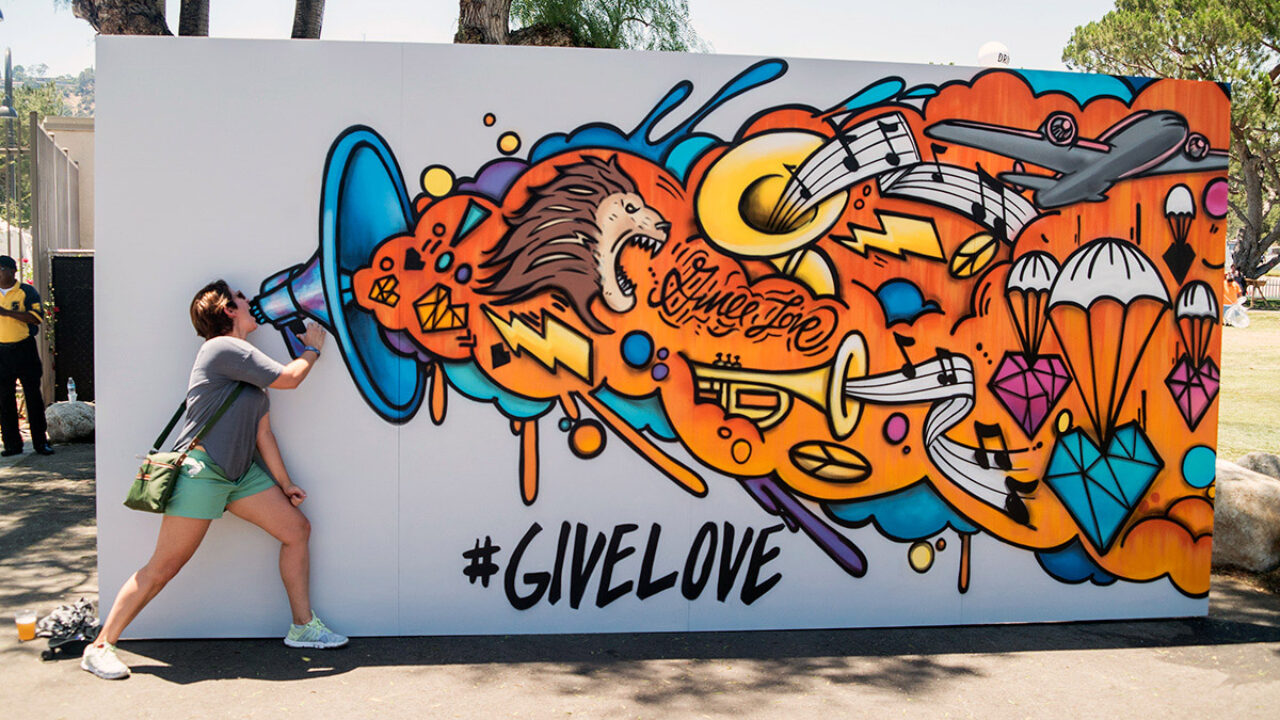
The purpose and significance of mural graffiti can vary, but it’s often seen as a way to beautify urban spaces, promote cultural or political messages, or tell a story. Many cities around the world have embraced mural graffiti as a way to enhance their public spaces and showcase the work of local artists.
What Are the Most Popular Types of Graffiti?
Graffiti is a form of art that has been popularized over the years, and there are various types of graffiti that you may come across. Some of the most popular types of graffiti include:
Tagging: This is the most basic form of graffiti, which usually involves writing one’s name or a pseudonym in stylized lettering.
Throw-up: This is a more elaborate form of graffiti that involves filling in the letters of a tag with a solid color, usually with a spray can.
Stencil graffiti: This involves using a stencil to create a repeated image or pattern on a surface.
Wildstyle: This is a highly stylized form of graffiti that is often difficult to read and involves intricate designs and shapes.
Mural graffiti: This involves painting a large-scale mural on a building or wall, often with a social or political message.
3D graffiti: This type of graffiti creates an illusion of depth and three-dimensionality, often using shading and perspective techniques.
Etching: This involves scratching a design or message into a surface, often using a sharp object like a knife or a key.
What are the 3 main types of graffiti?
The 3 main types of graffiti are usually considered to be tagging, throw-up, and mural graffiti.
What is the most popular graffiti style?
One of the most well-known and widely recognized styles of graffiti is wildstyle. Wildstyle is a highly intricate and stylized form of graffiti that is often difficult to read and involves intricate designs, shapes, and lettering.
It is characterized by interlocking and overlapping letters, arrows, and other abstract elements that create a complex and visually dynamic composition.
What is modern graffiti?
Modern graffiti refers to contemporary street art that has evolved from traditional graffiti styles. While it still includes the use of spray paint and other tools, modern graffiti often incorporates innovative techniques, materials, and themes that reflect contemporary culture and social issues. Some key features of modern graffiti include:
Diverse techniques: Modern graffiti artists use various techniques like stenciling, stickers, posters, projections, and even digital art to create their work. They often experiment with different materials, such as acrylics, markers, and paint rollers, to achieve unique effects.
Legal spaces and commissioned work: As graffiti has gained recognition as a legitimate art form, many cities have designated legal spaces for artists to create their work. Additionally, modern graffiti artists are sometimes commissioned by businesses or property owners to create murals or other artworks, blurring the line between street art and commercial art.
Social and political themes: Modern graffiti often addresses social and political issues, making it a powerful tool for expression and activism. Artists use their work to raise awareness about various topics, such as environmental concerns, human rights, and social justice.
Collaboration and community: Modern graffiti often involves collaboration between artists, not only in the creation of large-scale murals but also through art festivals, exhibitions, and workshops. These events help foster a sense of community among artists and promote the appreciation of street art.
Global influence: The internet has played a significant role in the growth and spread of modern graffiti. Artists from around the world can easily share their work and find inspiration from others, resulting in a diverse range of styles and influences.
Integration with fine art: As the line between street art and fine art continues to blur, modern graffiti is increasingly being exhibited in galleries and museums. Some artists have even crossed over into the world of fine art, creating works for both the street and the gallery.
Conclusion
In conclusion, we’ve explored the eight types of graffiti, from traditional graffiti to mural graffiti. Each type of graffiti has its own unique characteristics and cultural significance. Understanding the different types of graffiti can help us appreciate the diversity and complexity of this art form, and can also help us to recognize the value of graffiti as a form of self-expression and activism.
So the next time you see graffiti on the streets, take a closer look. You may just discover something beautiful, thought-provoking, or inspiring. And who knows, you might even be inspired to create your own graffiti masterpiece!
Ruth Aquilani is a renowned graffiti artist known for her bold, colorful, and expressive style. She began her career as a street artist in the early 2000s, quickly making a name for herself in the graffiti community with her unique and striking works of art.

